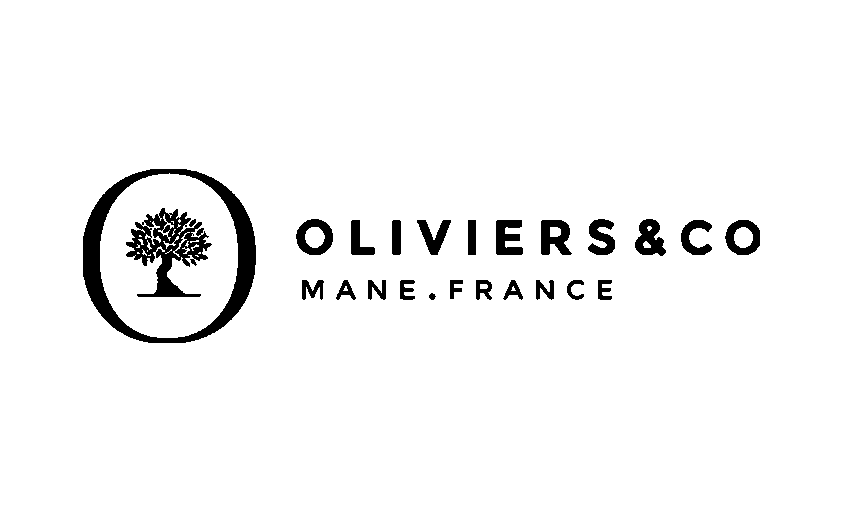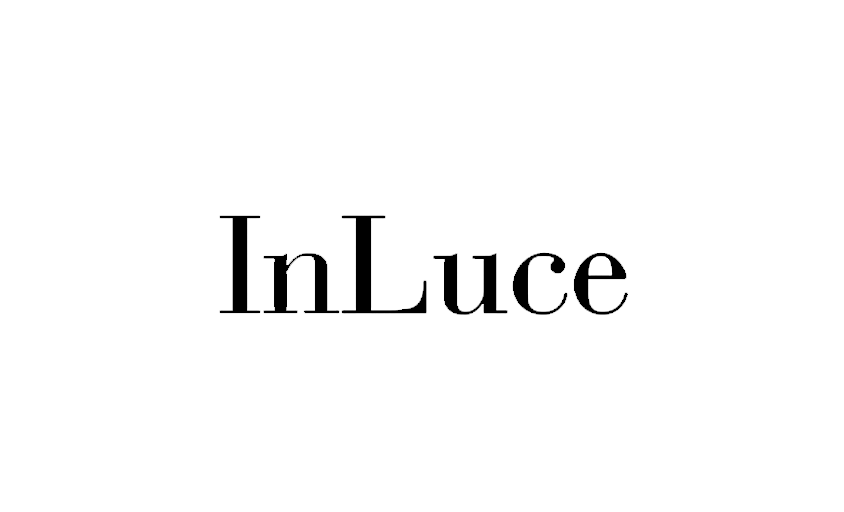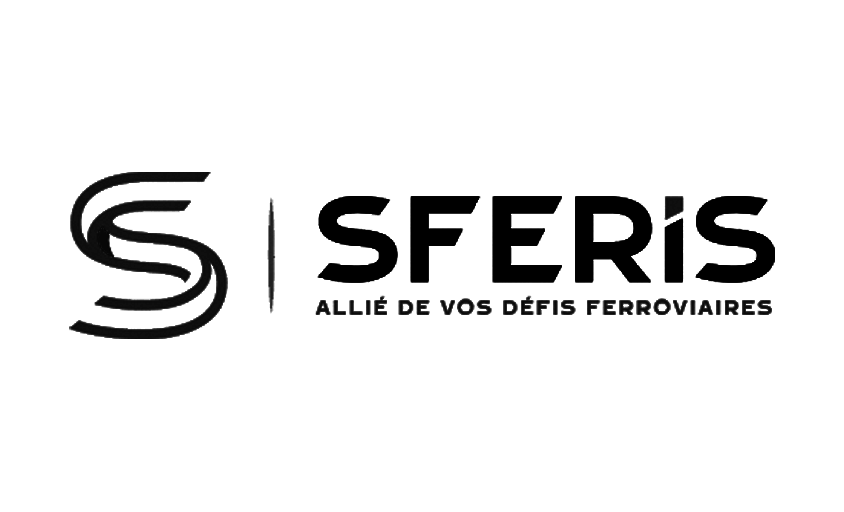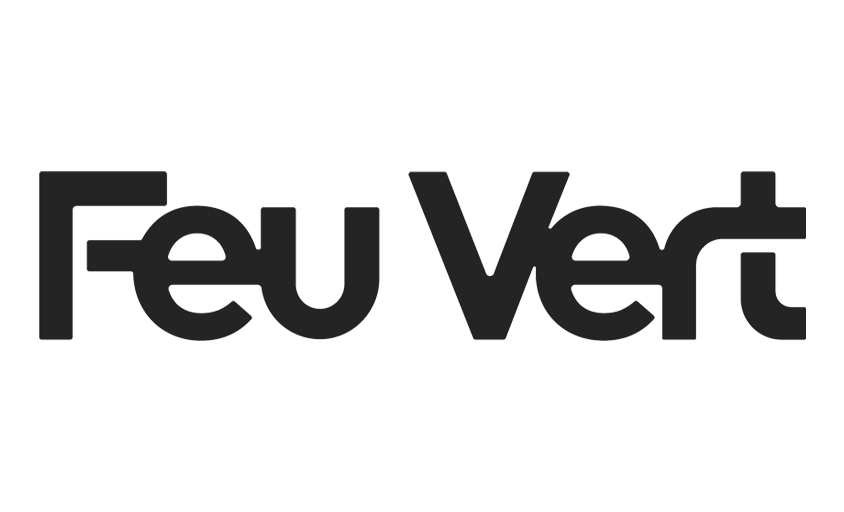Packaging (Conditionnement)
In this article :
The term “conditioning” encompasses several key concepts in the fields of marketing and psychology. On one hand, it refers to the packaging and wrapping of products, emphasizing the importance of presentation and protection of goods. On the other hand, it relates to the act of creating conditioned reflexes and influencing consumer habits and behaviors.
Conditioning as Packaging
Role of Packaging: Packaging not only protects the product during transport and storage but also plays a crucial role in attracting and retaining consumer attention. Attractive packaging can significantly influence the purchasing decision.
Design and Innovation: Companies invest in creative packaging design to stand out on crowded store shelves. Innovation in materials and functionality also aims to enhance user experience and promote environmental sustainability.
Behavioral Conditioning
Classical Conditioning: This form of conditioning is based on associating a neutral stimulus with an unconditioned stimulus to create a conditioned response. Brands use this technique to link their products with positive feelings or specific values.
Operant Conditioning: This method modifies behaviors through the consequences they produce. Rewards and incentives are used to encourage the repetition of desired purchasing behaviors.
Impact of Conditioning on Consumer Behavior
Conditioning profoundly influences how consumers perceive products and make purchasing decisions. By understanding and applying behavioral conditioning principles, brands can foster buying habits, increase consumer loyalty, and even create demand for new products.
Conclusion
Conditioning plays a dual and essential role in modern marketing. As a packaging practice, it contributes to product presentation, protection, and differentiation. As a behavioral technique, it offers brands a powerful tool to influence and shape consumer preferences and behaviors. The effectiveness of conditioning lies in its holistic approach, combining visual aesthetics and psychology to engage consumers on multiple levels.
Jérémy Carlo is the editorial director at Rétines, where he ensures the consistency and clarity of all content produced by the studio.
Our Clients
Let’s discuss
What we do for you at Rétines
Meticulous work, an organised project and fast delivery. And to achieve this, we mobilise the right resources in our teams at the right time.
01
Pre-production
Artistic and technical direction tailored to the project.
Relevant recommendations on content, form and resources.
02
Photo Shooting
Photos taken by our experienced photographers.
Production that’s controlled, efficient and tailored to the needs of the project, with nothing superfluous.
03
Retouching
Technique
Photographs magnified by our retouching team.
Post-production to meet the commercial challenges of the brief.












